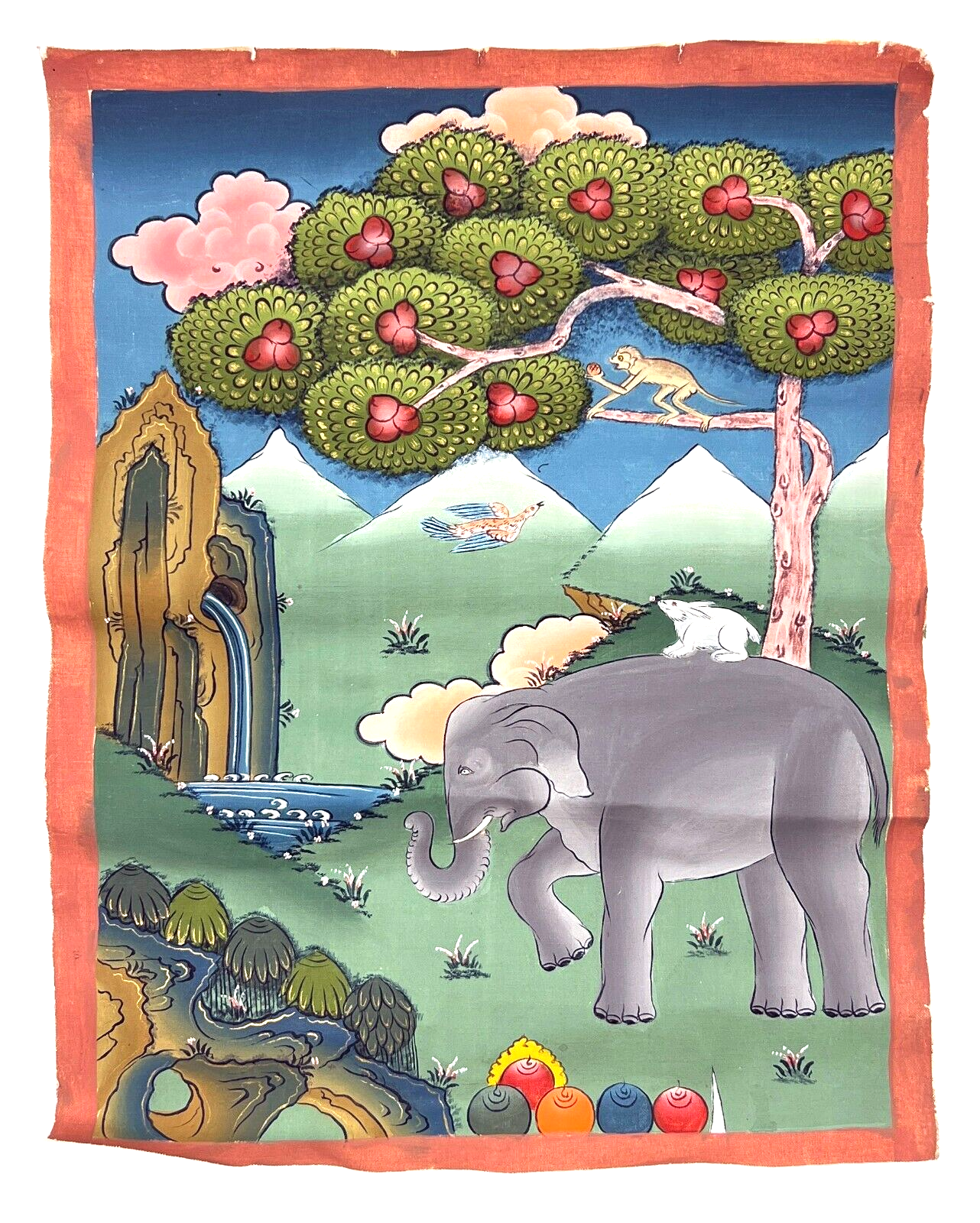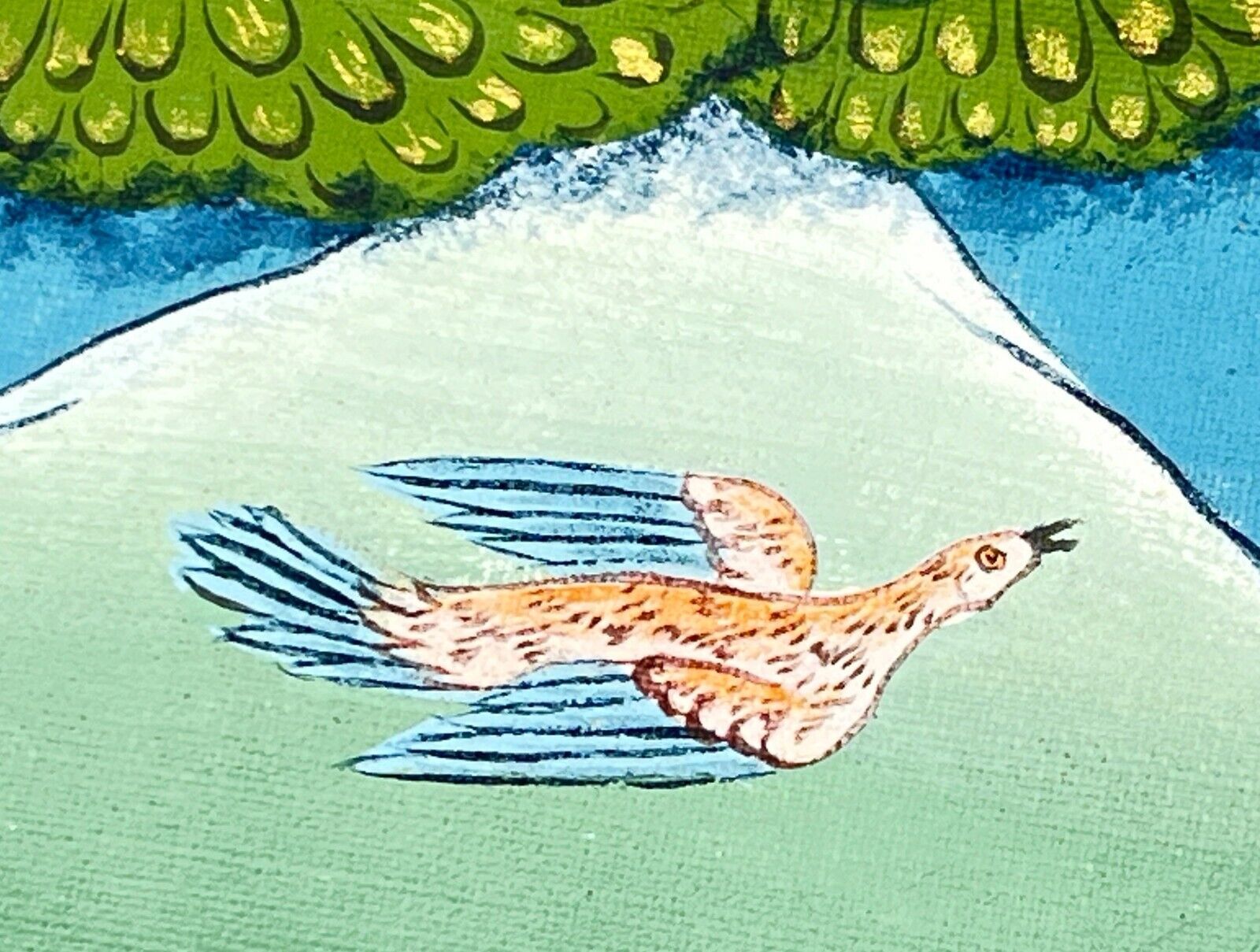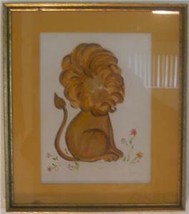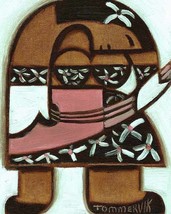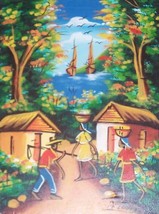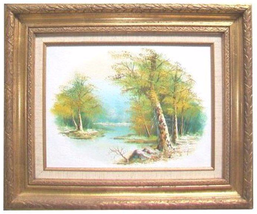Buddhist Allegory "Four Harmonious Friends" and 50 similar items
Buddhist Allegory "Four Harmonious Friends" Bhutanese Painting on Canvas 11 x 14
View full item details »
Shipping options
Offer policy
OBO - Seller accepts offers on this item.
Details
Return policy
Full refund available for DOAs
Details
Purchase protection
Payment options
PayPal accepted
PayPal Credit accepted
Venmo accepted
PayPal, MasterCard, Visa, Discover, and American Express accepted
Maestro accepted
Amazon Pay accepted
Nuvei accepted
View full item details »
Shipping options
Offer policy
OBO - Seller accepts offers on this item.
Details
Return policy
Full refund available for DOAs
Details
Purchase protection
Payment options
PayPal accepted
PayPal Credit accepted
Venmo accepted
PayPal, MasterCard, Visa, Discover, and American Express accepted
Maestro accepted
Amazon Pay accepted
Nuvei accepted
Item traits
| Category: | |
|---|---|
| Quantity Available: |
Only one in stock, order soon |
| Condition: |
New |
| Style: |
Chinese |
| Original/Reproduction: |
Original |
| Features: |
Signed |
| Size: |
Small (up to 12in.) |
| Artist: |
Nim Dorji |
| Unit of Sale: |
Single Piece |
| Signed By: |
Nim Dorji (name hand written and signed on reverse) |
| Signed: |
Yes |
| Title: |
Untitled |
| Period: |
Post-War (1940-1970) |
| Material: |
Canvas |
| Item Length: |
14 in |
| Framing: |
Unframed |
| Subject: | |
| Type: |
Painting |
| Item Height: |
14 in |
| Theme: | |
| Production Technique: |
Painting |
| Country/Region of Manufacture: |
Bhutan |
| Handmade: |
Yes |
| Item Width: |
11 in |
| Culture: |
Bhutani Buddhist |
| Time Period Produced: |
1960-1969 |
Listing details
| Seller policies: | |
|---|---|
| Shipping discount: |
Shipping weights of all items added together for savings. |
| Posted for sale: |
More than a week ago |
| Item number: |
1722263829 |
Item description
Painting obtained through estate of a wealthy world traveler from the Washington D.C. region who brought many treasures home from abroad. After researching this piece and finding a well known Buddhist Teacher with the same name who is a very talented Thangka Artist and knoweldgeable Buddhist practioner, he confirmed he was not the painter of this piece, but was able to instantly identify the story told by this painting. Nim Dorji the teacher speaks no English, but his helpful assistant dictated his words that I share here.
The painting you showed is a well-known tale in Buddhism literature "Jataka Tales of the Buddha". It is called "The Four Harmonious Friends", they are the bird, the monkey, the rabbit and the elephant. They are interdependence so that they all can enjoy the fruit from the big tree. The story has several versions and here we refer to the stories quoted in Daily Bhutan for your reference.
This painting shows a land of plenty, a paradise where the land is fertile and fruits are abundant. It's a teaching to tell us if we human could look out for each other , put others before ourselves, the world would be a far better place.
The story from the Daily Bhutan:
"Once upon a time in a land far, far away (jungle near Varanasi), there lived four friends: a bird, a rabbit, a monkey, and an elephant. They lived together happily, in agreement that there was a lack of respect in the world, especially from the young to the old. Thus, they were determined to show each other respect, as per the tradition of the Dharma.
The four animal friends lived by a big fruit tree. They wished to find out who was the oldest among them, and did so by measuring their age with the tree.
The elephant shared that when he was little, the tree was already fully grown, whereas the monkey remembered the tree when it was still small. Meanwhile, the tree was a mere sapling when the rabbit was still a little bunny, whereas the bird told the others that it had eaten the fruits near the tree, and then excreted the seeds that eventually grew into this tree.
Hence, they deduced that the bird was the oldest, followed by the rabbit, and then the monkey. The elephant was the youngest among them.
From this part of the story, we learn that respect does not necessarily belong to the biggest in size and strength. While the elephant was the strongest and largest, the highest respect was given to the bird because of its seniority.
And when we assign respect to one another based on age, using it as a measurement of the person?s life experience, it acts as a guide that maintains harmony in the community. Nonetheless, age is not always the best indicator of a person?s character and wisdom, which is why among the monks, respect is accorded based on the number of years a person has been ordained, and not the person?s actual age.
One day, the four friends decided to set out to make offerings and pay homage. Each of them carried the older one on their back. Thus, the elephant was at the bottom, with the monkey on top of it. The rabbit perched on top of the monkey, while the bird rested on top.
The bird taught the other three friends to follow several moral conducts. They were not to take lives, not to take what wasn?t theirs, never to lie, nor to conduct sexual misconduct. Each of the animals guided the other animals of their own species to follow these values too. Soon, there was happiness and comfort in the world.
At the same time, the king and his subordinates were under the impression that they themselves had earned the good times they were enjoying. In an attempt to learn the reason for their happiness, they sought out a hermit.
The hermit, who had clairvoyant abilities, related to his guests that the country was prosperous not because of the merit of the people, but because of the four animals in the forest who guarded the five tenets of moral conduct, influencing the other animals to follow the same path. The hermit advised the people to learn from the animals.
As a result, most people of the area watched their moral conduct and were reborn in the deva realm after death."

-
Refine your browsing experience
We can show you more items that are exactly like the original item, or we can show you items that are similar in spirit. By default we show you a mix.
This item has been added to your cart
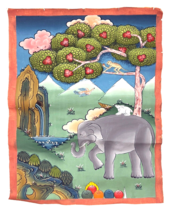 Buddhist Allegory "Four Harmonious Friends" Bhutanese Painting on Canvas 11 x 14 added to cart.
Only one available in stock
Buddhist Allegory "Four Harmonious Friends" Bhutanese Painting on Canvas 11 x 14 added to cart.
Only one available in stock
View Cart or continue shopping.
 Please wait while we finish adding this item to your cart.
Please wait while we finish adding this item to your cart.
Get an item reminder
We'll email you a link to your item now and follow up with a single reminder (if you'd like one). That's it! No spam, no hassle.
Already have an account?
Log in and add this item to your wish list.



